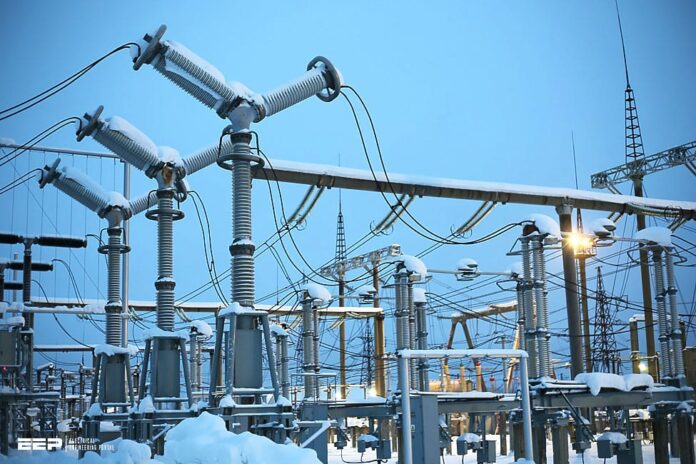The government has reduced the return on equity (RoE) for government power plants to 13 percent in local currency and capped the US dollar exchange rate at Rs168 for these facilities, The News reported, citing sources from the Power Division.
Additionally, their capacity payments have been slashed from 100 percent to 35 percent, ensuring continued operations while reducing electricity costs by Rs0.44 per unit.
According to the report, the government’s ongoing renegotiations with wind and solar power plants could further lower tariffs, eventually bringing total relief to around Rs2 per unit. The combined effect of recent power sector reforms, including the termination of power purchase agreements (PPAs) for five independent power producers (IPPs), restructuring of eight bagasse-based power plants, and shifting 14 IPPs to a take-and-pay model, has already resulted in a tariff reduction of Rs1.43 per unit.
These measures have secured future savings of Rs1,400 billion, and once negotiations with renewable energy producers conclude, projected savings could reach Rs2,600 billion.
The termination of five IPP contracts alone contributed to a Rs0.77 per unit reduction, while linking the tariff of bagasse-based plants to the rupee instead of the dollar saved Rs0.14 per unit.
Revising PPAs for 14 IPPs to a take-and-pay model further reduced costs by Rs0.43 per unit.
The removal of Pak Gen power plant from the system and its replacement with Kapco’s 496MW plant in Muzaffargarh provided an additional Rs0.09 per unit relief. Kapco will hand over the 496MW facility and switchyard to the government in three years without any financial compensation.
Addressing capacity payments, officials disclosed that China-Pakistan Economic Corridor (CPEC) power plants receive Rs600 billion annually, nuclear power plants Rs510 billion, hydropower plants Rs200 billion, Wapda’s hydel generation Rs24 billion, and RLNG-based power plants Rs34 billion.
Among hydropower projects, Suki Kinari, Meera, Gul Pur, Karot, and Star hydropower plants collectively receive Rs200 billion in annual capacity payments.
Meanwhile, RLNG-based Haveli Bahadur Shah and Balloki power plants account for Rs18 billion in monthly capacity charges, while Quaid-i-Azam and Punjab thermal power plants receive Rs16 billion, divided equally between them.
The Power Division is currently in talks with wind and solar power producers to renegotiate their contracts. Given that lenders from the US, Canada, and Denmark have invested in these projects, discussions are expected to involve the Foreign Office and the Prime Minister’s Office.
With loan repayment periods spanning three to four years, the government hopes these negotiations will yield additional relief of Rs0.13 per unit.




